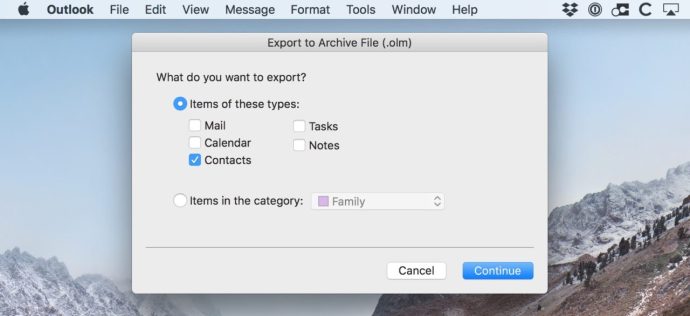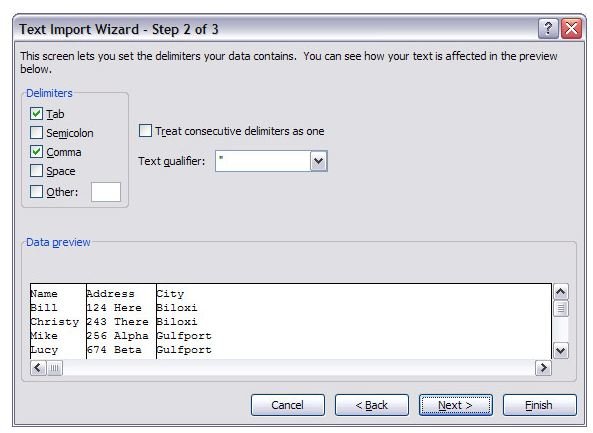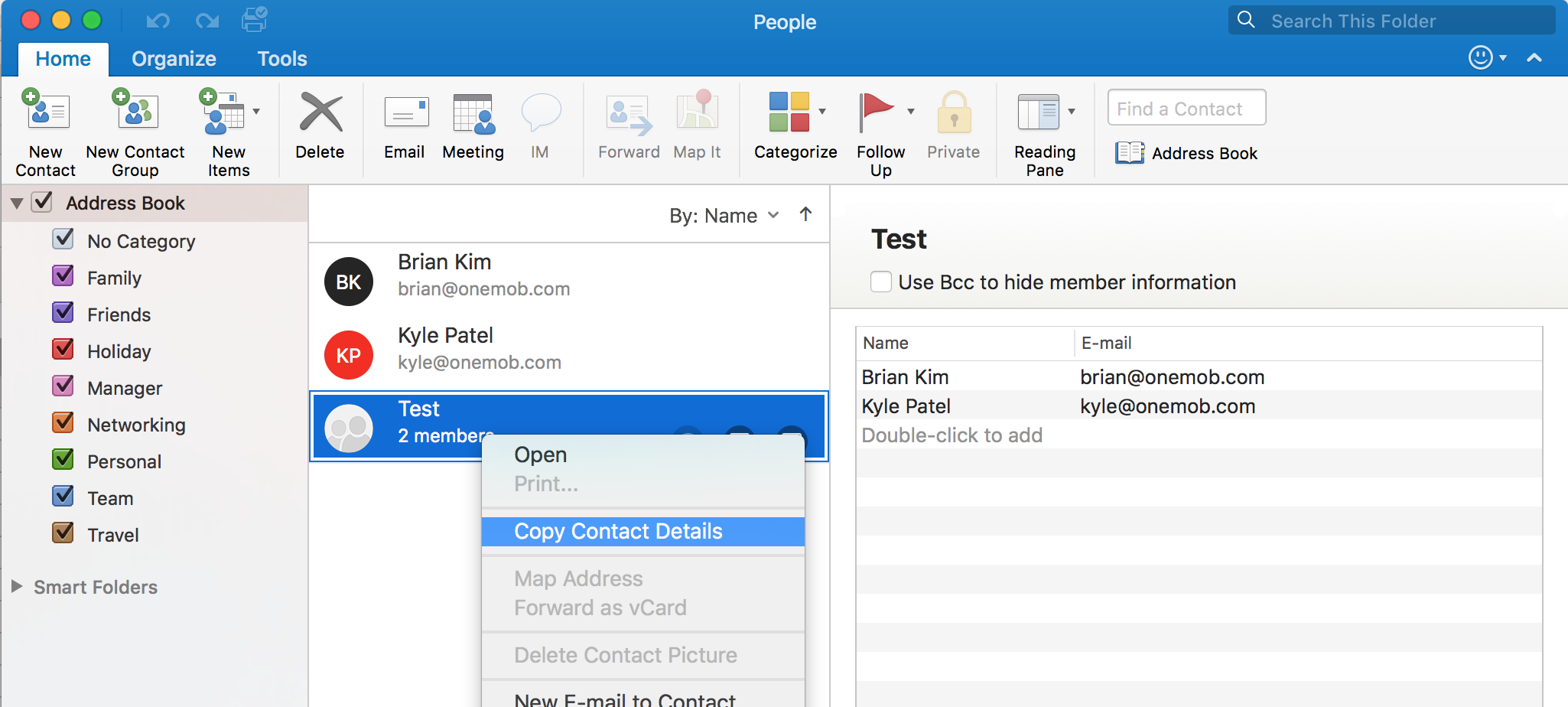


This approach also works for any version of Excel so you do not need to be concerned about things like Excel file formats. Not only does this one simple alternative alleviate all of the issues identified but solves some others as well that will be covered in other posts. Manually map the fields you want to import (use button when it appears).Import the CSV file instead of the Excel file.Some may disagree with that premise but it comes down to productivity and priorities. You should really be concentrating on getting the task completed and move on. If the sole reason you are dealing with “Named Ranges” is because you are trying to import Excel data into Outlook and especially if it is something that you only do “once in a while”, then it is most likely that you are spending needless time trying to learn something that is otherwise of no value to you. This particular article is not going to cover the “how-to” of named ranges but rather provide a very simple alternative to importing information contained in an Excel worksheet that not only solves the above topics but eliminates a variety of other issues. Added some new contacts (rows) to my Excel spreadsheet but these won’t import.Some columns are not appearing when mapping fields.



 0 kommentar(er)
0 kommentar(er)
